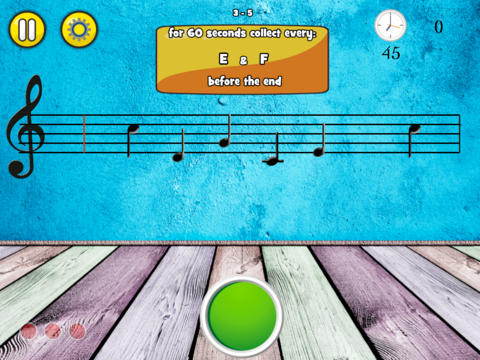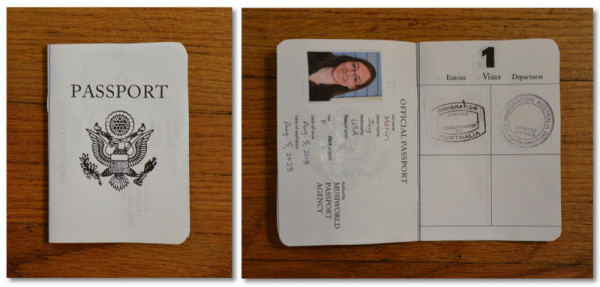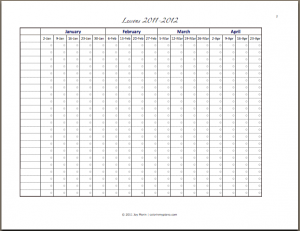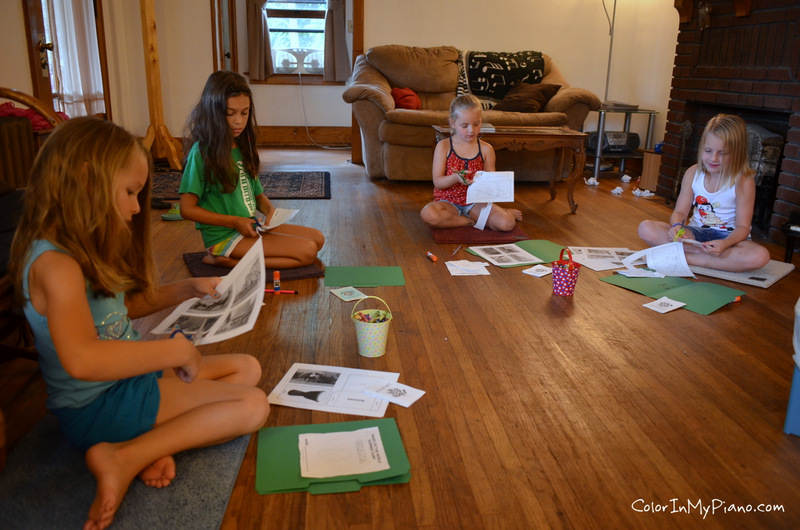Remember when I gave a sneak peek at these music history booklets last month? Well, I’m pleased to announce that the Eras of Music History Kit has just been added to the Shop! The kit contains a variety of printable pdf’s for studying the Baroque, Classical, Romantic, and Modern Eras of Western music history.
The four era booklets are the core component of this resource. Each era booklet discusses the stylistic characteristics of the music, the evolution of the piano, and the popular forms composers used. The back of the booklet features a list of major composers and a list of important works from the era. The information has been carefully researched and written in a concise, clear way intended for students age 7+.

This kit also contains a pdf for creating a composer timeline.

There are a few more pdf’s included in the kit:
- Four worksheets that correspond to the four era booklets.
- A handout with a brief overview of all four eras.
- A historical context timeline.
Most importantly, purchase of the Eras of Music History kit includes a license to be able to print from the pdf’s as much as desired throughout your teaching career, as long as you are using the printed materials with your own students.
The resources within this kit are suitable for all kinds of settings:
- Monthly group classes for your private students.
- Music appreciation courses for homeschooling students.
- Music history camps (see this blog post for more information).
- At-home assignments for private piano students.
And, as you might have guessed, this kit works great alongside a composer lapbook study. 🙂
This resource is designed to make it easier to incorporate more music history into our students’ musical education. Maybe it will be just right for you and your students over the next school year! View the Eras of Music History Kit in the Shop here.









 Second, I’d like to announce the two randomly-chosen winners of the
Second, I’d like to announce the two randomly-chosen winners of the 







 Have you heard about the new podcast for piano teachers created by the folks at
Have you heard about the new podcast for piano teachers created by the folks at 
